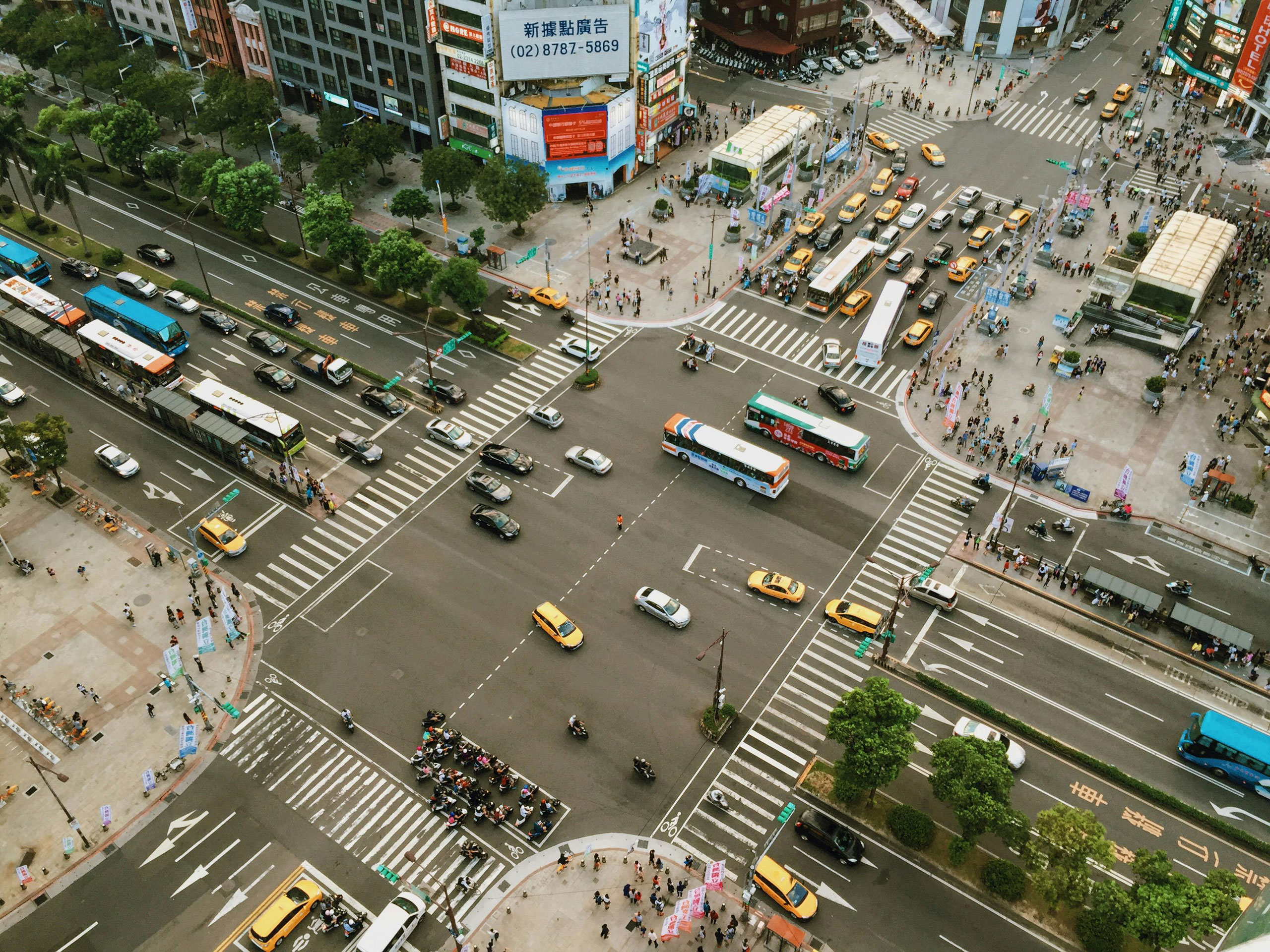The Significance and Dynamics of Regular Transport
Regular transport refers to the structured and routine movement of people or goods using various modes of transportation such as buses, trains, ferries, and other scheduled services. This form of transport is crucial in sustaining the daily functions of urban and rural areas alike, ensuring that people can commute to work, access essential services, and engage in leisure activities, while goods can be reliably distributed across regions.
Understanding Regular Transport
Regular transport systems operate on fixed schedules and routes, providing predictable and consistent service. This regularity is essential for the seamless functioning of cities and towns, supporting economic activity, reducing traffic congestion, and contributing to environmental sustainability.
The most famous airports in Montenegro are:
The most common transfer services are taxi services:
- Airport Transfer Podgorica
- Airport Transfer Montenegro
- Transfer Budva
- Taxi Airport Tivat
Transfers to airports in the neighborhood are:
Modes of Regular Transport
- Public Buses: Buses are a primary mode of regular transport in many cities. They follow specific routes and schedules, providing affordable and accessible transportation to the masses. Modern buses are increasingly equipped with features like GPS tracking, real-time arrival information, and eco-friendly engines.
- Rail Transport: Trains, including subways, trams, and commuter trains, are vital for urban and intercity travel. Rail transport is known for its efficiency, speed, and capacity to move large numbers of passengers or significant volumes of freight over long distances.
- Ferries: In cities with extensive waterways, ferries provide regular transport across rivers, lakes, and harbors. They are a critical part of the transport network in coastal cities and can be a scenic and enjoyable mode of travel.
- Trams and Light Rail: These are particularly popular in European cities, offering a blend of the convenience of buses and the efficiency of trains. Trams and light rail systems often run on dedicated tracks, avoiding road traffic and ensuring timely service.
Importance of Regular Transport
- Economic Impact: Regular transport is the backbone of the economy, facilitating the movement of the workforce and enabling businesses to operate efficiently. It supports local economies by providing access to jobs, education, and markets.
- Environmental Benefits: Public transport modes, such as buses and trains, produce lower emissions per passenger kilometer compared to private cars. By reducing the number of vehicles on the road, regular transport helps decrease air pollution and combat climate change.
- Social Inclusion: Regular transport systems are essential for social equity, providing affordable mobility options for all socio-economic groups. This ensures that everyone, regardless of their income level, has access to employment, education, healthcare, and recreational activities.
- Traffic Reduction: By offering reliable alternatives to private car usage, regular transport helps alleviate traffic congestion, especially in urban areas. This can lead to shorter travel times, reduced stress for commuters, and lower accident rates.
Challenges and Solutions in Regular Transport
- Funding and Investment: Maintaining and expanding regular transport systems require substantial investment. Governments and private entities must collaborate to ensure sustainable funding models. Public-private partnerships and innovative financing mechanisms can play a pivotal role.
- Infrastructure Maintenance: Aging infrastructure can impede the efficiency of transport systems. Regular maintenance and modernization are necessary to prevent service disruptions and ensure safety. Implementing advanced technologies for monitoring and repairs can enhance infrastructure longevity.
- Service Frequency and Coverage: Ensuring that regular transport services are frequent and cover diverse areas, including underserved regions, is crucial. Integrating various transport modes through multimodal hubs and improving scheduling can enhance accessibility and convenience for users.
- Technological Integration: The adoption of smart technologies can significantly improve regular transport services. Real-time tracking, mobile ticketing, and data analytics can enhance service efficiency, provide valuable insights into user behavior, and optimize route planning.
Future Trends in Regular Transport
- Electrification: The shift towards electric buses, trams, and trains is gaining momentum. Electrification reduces reliance on fossil fuels, lowers operating costs, and minimizes environmental impact.
- Autonomous Vehicles: The development of self-driving buses and trains holds promise for the future of regular transport. These vehicles can potentially increase safety, reduce operational costs, and improve service reliability.
- Integration with Micromobility: Combining regular transport with micromobility options like electric scooters and bikes can create comprehensive mobility solutions. This integration can enhance the first-mile and last-mile connectivity, making public transport more attractive.
- Sustainable Urban Planning: Cities are increasingly adopting transit-oriented development (TOD) principles, designing urban spaces that prioritize accessibility to regular transport services. This approach promotes walkability, reduces car dependency, and fosters sustainable urban growth.
Conclusion
Regular transport is a cornerstone of modern society, providing essential services that enable economic vitality, social inclusion, and environmental sustainability. As cities continue to grow and evolve, investing in and innovating within regular transport systems will be critical to meeting the mobility needs of the future. By addressing current challenges and embracing emerging trends, we can create efficient, accessible, and sustainable transport networks that enhance the quality of life for all.
Order a taxi service to the marina. Contact us for more information.







